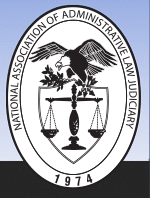First Page
79
Last Page
109
Abstract
The 21st Century Cures Act is designed to expedite the FDA’s approval of pharmaceutical and medical device applications in order to increase patient access to innovative therapies. However, many experts claim that the Act’s Title III provisions promote evidentiary “‘shortcuts’” that eviscerate the safety and efficacy standards of the FDA approval process. For new drugs, Title III permits surrogate endpoints and real-world evidence in lieu of more rigorous scientific data. For new medical devices, Title III requires the FDA to exempt certain Class I and II devices from any kind of safety or efficacy evaluation. Moreover, Title III forces the FDA to implement the least burdensome review approach across all medical device applications. While it is incontrovertible that the 21st Century Cures Act may deliver benefits, many experts believe that grave harms could offset those benefits. As a result, regulators and stakeholders must vigilantly monitor the government’s implementation of Title III to ensure that safe and effective products are entering the healthcare market. This article analyzes the 21st Century Cures Act regarding its origin, clinical trial impact, and potential harms.
Recommended Citation
Brittaney N. Edwards,
The 21st Century Cures Act: A Patient's Miracle or Demise?,
40 J. Nat’l Ass’n Admin. L. Judiciary
79
(2021)
Available at:
https://digitalcommons.pepperdine.edu/naalj/vol40/iss2/4
Included in
Administrative Law Commons, Food and Drug Law Commons, Health Law and Policy Commons, Legislation Commons

